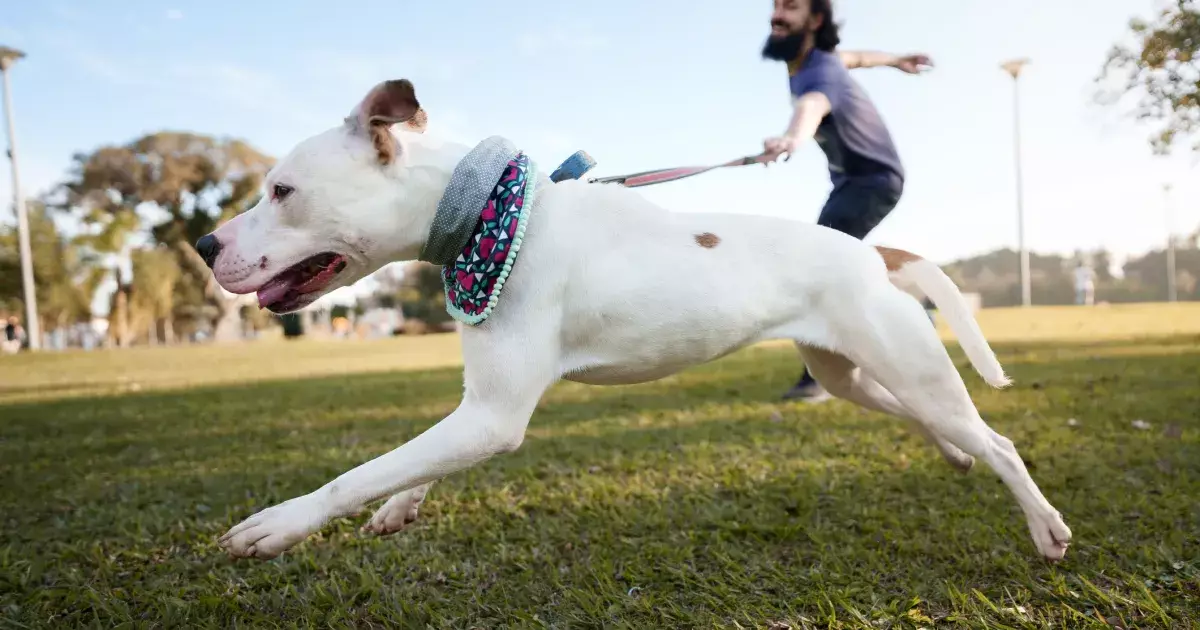Walking a dog can often be an exercise in frustration, especially when your furry friend has a penchant for pulling on the leash. Many dog owners share this experience, and while the instinct to pull may seem innate, it is a behavior that can indeed be modified with the right techniques. This article delves into practical strategies for curbing leash pulling, ensuring both you and your dog can enjoy stress-free strolls together.
Before diving into specific training methods, it’s crucial to grasp the underlying motivations behind your dog’s pulling behavior. Dogs often pull because they are excited to explore their environment. They may perceive the leash not as a tool for control but as a signal to race ahead and fulfill their curiosity. Recognizing this tendency is the first step towards effective leash training. By understanding your dog’s eagerness, you can better tailor your training approach to address their needs while instilling the desired behavior.
Establishing No-Pull Protocols: The Power of Consistency
To initiate effective leash training, it’s essential to commit to a zero-tolerance policy regarding pulling. This means that every time your dog attempts to pull, you should stop and not move forward until they return to you or loosen the leash. This approach communicates to your dog that pulling does not yield any rewards—in fact, it results in a complete halt to the adventure they desire.
When your dog ceases to pull and allows the leash to slacken, you can then reward them by moving in the desired direction. This intricate dance may take time and patience. In the early stages, it’s entirely possible you’ll be limited to short distances while you reinforce this new behavior. However, remember that every step your dog takes without pulling is a step towards success, and you should celebrate these milestones.
Tools of the Trade: Choosing the Right Equipment
Selecting appropriate equipment is vital for successful leash training. A flat-buckle collar is advisable as it allows for better control without causing discomfort to your dog. Opt for a 4- to 6-foot leash, which gives you the authority to guide your dog effectively without overwhelming them. Avoid using retractable or “flexi” leashes, as they inadvertently encourage pulling by allowing dogs to feel as though they can dictate the pace and distance of their outing.
You may also consider using a harness during more vigorous outdoor activities. Harnesses distribute pressure across a broader area of a dog’s body and can be more comfortable for wear during frequent excursions. Just remember, when transitioning back to a collar, regain that no-pull protocol immediately to reinforce the behavior learned.
Progress may sometimes feel slow, but maintaining a log can be incredibly motivating. Documenting the number of steps your dog walks without pulling or the distance covered in a session provides tangible evidence of improvement. This record not only allows you to celebrate success but helps identify moments where additional focus may be needed.
Moreover, as you observe your dog’s progress, you’re likely to feel more motivated to continue with the training, seeing firsthand the results of your efforts. Small, regular entries can dramatically illustrate growth over time, transforming what may feel like minimal progress into a clear narrative of change.
Enhancing Training with Positive Reinforcement
Positive reinforcement is a cornerstone of effective dog training. Celebrate your dog’s successes with praise and treats. Each time they comply with your no-pull rule, shower them with affection and rewards. This will create a positive association to walking calmly beside you—over time, they’ll come to understand that walking without pulling is not only acceptable but encouraged.
Ultimately, ensuring enjoyable walks requires consistency, patience, and an understanding that change takes time. As you and your dog embark on this journey together, remember that the overarching goal is a harmonious walking experience that enhances your bond. With perseverance, the day will come when leash pulling is a thing of the past, replaced instead with joyous exploration side by side. Happy walking!

